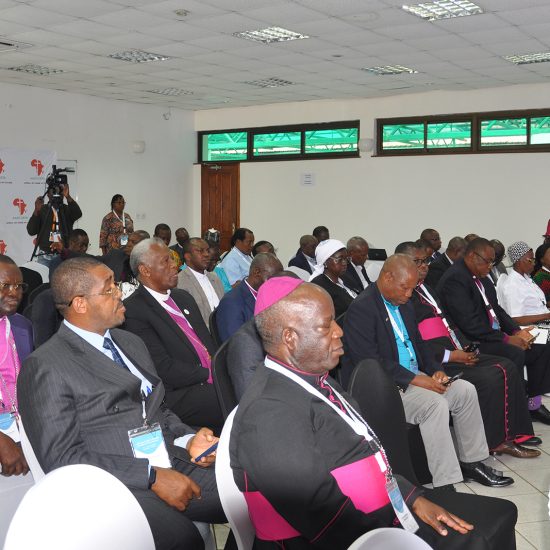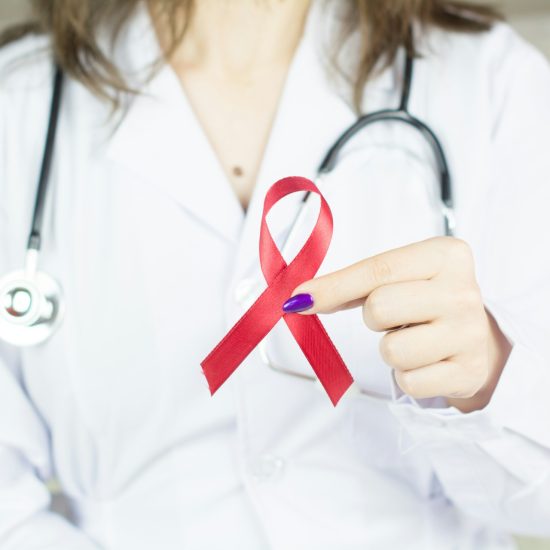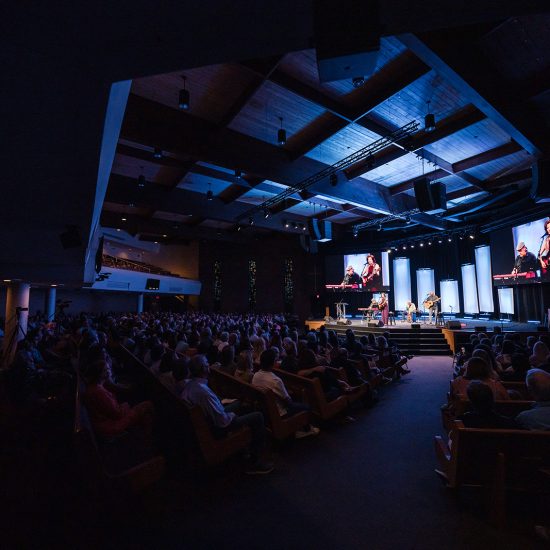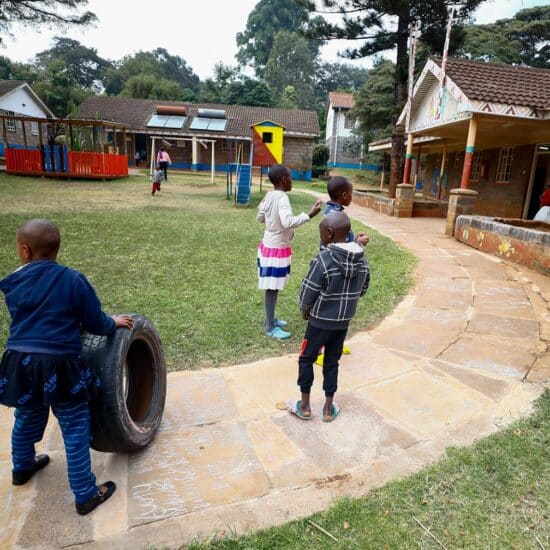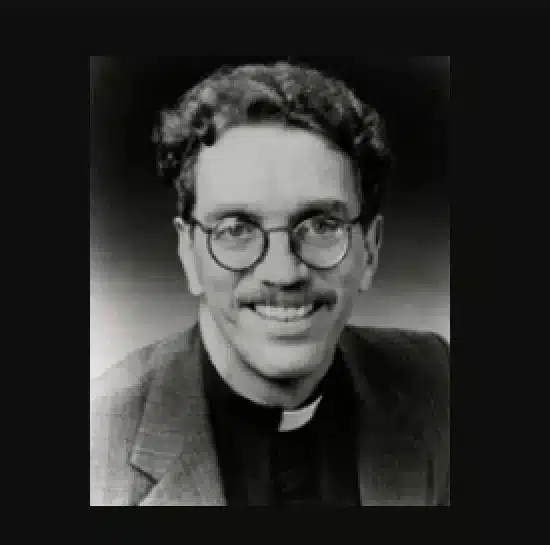(RNS) — Since the earliest days of the AIDS epidemic, many communities of faith have supported millions of people living with HIV and kept future generations free from HIV through their prevention efforts.
Their engagement on the front lines of health, especially in the Global South, predates that of many health organizations. Churches have built countless hospitals and clinics; faith leaders, including women, were among the first responders to HIV.
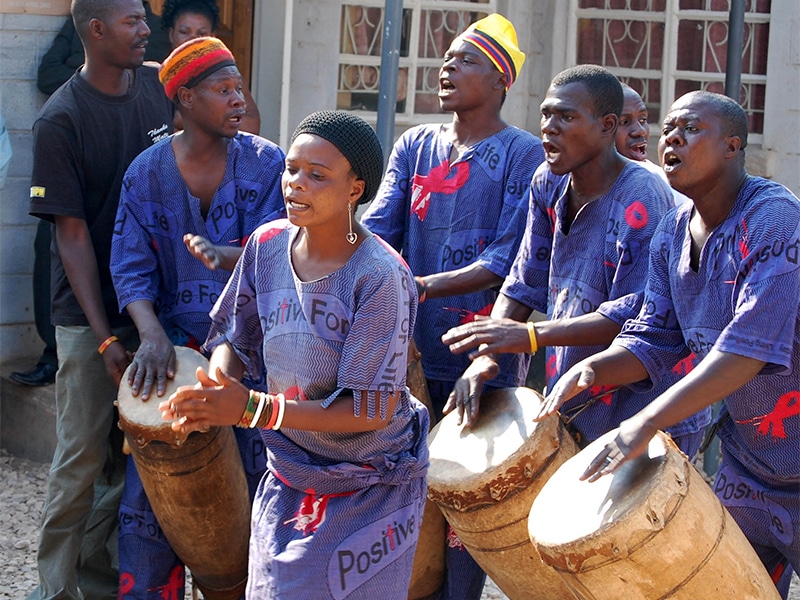 Members of an AIDS education dance troupe perform in Lusaka, Zambia, as part of a larger campaign to highlight the importance of antiretroviral drugs in combating HIV/AIDS in Africa. RNS photo by Dale Hanson BourkeToday, communities from all faith traditions are engaged in the HIV response. Their continued leadership in ensuring respect for human dignity, justice and rights is critical.
Members of an AIDS education dance troupe perform in Lusaka, Zambia, as part of a larger campaign to highlight the importance of antiretroviral drugs in combating HIV/AIDS in Africa. RNS photo by Dale Hanson BourkeToday, communities from all faith traditions are engaged in the HIV response. Their continued leadership in ensuring respect for human dignity, justice and rights is critical.
As the world accelerates its efforts to end AIDS, faith communities remain central to our success.
Communities of faith offer a path to many who are hard to reach. Their mission to deliver compassion and care to all in need, including the world’s poorest and those shunned by society, has deepened and broadened the impact of the global response to AIDS.
That special openness has never been more important than today, when ending AIDS requires reaching all who are living with, or who are at risk for contracting, HIV.
I appreciated anew the critical role of the faith community in ending AIDS earlier this month when I was in Addis Ababa for the 29th African Union Summit.
During the meeting, African heads of state recommitted to reaching more people in need, more quickly. Faith leaders and their congregations will play a critical role in these efforts. Across Africa we are “fast-tracking” our efforts.
This includes efforts to revitalize HIV prevention, especially among adolescent girls and young women; consolidate progress on elimination of mother-to-child transmission of HIV; accelerate implementation of HIV testing and treatment for men; and address financial sustainability for the AIDS response. The church has an important role to play in each of these goals.
This plan is based on the Joint United Nations Programme on HIV/AIDS (UNAIDS) “Fast-Track” approach, which demonstrates that if we front-load resources and apply our efforts to the people and places where the need is greatest, by 2020 we can expand prevention and treatment and put the world on course to end AIDS by 2030.
“Fast-Track” modeling shows that using tools and knowledge we have, we could avert an additional 17.6 million new HIV infections and 10.8 million AIDS-related deaths.
Enormous progress has been made in the global response to HIV. Of the 37 million people living with the virus, more than 18 million are receiving treatment.
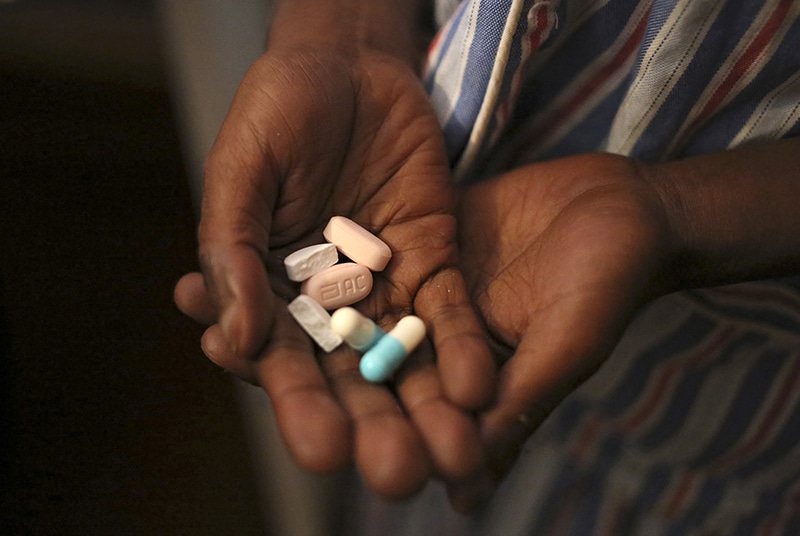 Nine-year-old Tumelo shows off antiretroviral pills before taking his medication at Nkosi’s Haven, south of Johannesburg, South Africa, on Nov. 28, 2014. Nkosi’s Haven provides residential care for destitute HIV-positive mothers and their children, whether HIV-positive or not. Photo by Siphiwe Sibeko/ReutersBut another 18 million men, women and children living with HIV aren’t getting it. Millions more need tailored, age-specific HIV prevention services that embrace the UNAIDS life-cycle approach of ensuring that children are born HIV-free, that they stay HIV-free through their adolescent and adult lives and that lifesaving HIV treatment is available to all living with HIV.
Nine-year-old Tumelo shows off antiretroviral pills before taking his medication at Nkosi’s Haven, south of Johannesburg, South Africa, on Nov. 28, 2014. Nkosi’s Haven provides residential care for destitute HIV-positive mothers and their children, whether HIV-positive or not. Photo by Siphiwe Sibeko/ReutersBut another 18 million men, women and children living with HIV aren’t getting it. Millions more need tailored, age-specific HIV prevention services that embrace the UNAIDS life-cycle approach of ensuring that children are born HIV-free, that they stay HIV-free through their adolescent and adult lives and that lifesaving HIV treatment is available to all living with HIV.
To reach this goal, we must call for global solidarity to quicken the pace of our outreach, in which the faith community must play a leading role.
Whether speaking about AIDS, maternal and child health, vaccines, sanitation, nutrition, family planning or other critical lifesaving issues, church elders are powerful educators. The respect and trust they engender allow them to address sensitive issues in ways that make their congregations comfortable and better able to protect themselves.
Faith leaders can be especially effective talking to young people by encouraging messages of inclusion for all, even the most marginalized. Such talk should be underpinned by scientific evidence of what works and what doesn’t. Reaching this next generation is paramount, given that the largest cohort of young people ever is about to come of age in Africa.
Today in sub-Saharan Africa, young women and girls are eight times more likely to contract HIV than their male peers. Young people rarely visit health centers; educating and protecting them before they are exposed to HIV is essential for ending AIDS.
Faith leaders also have a unique role in reaching men and boys, two groups that rarely intersect traditional health systems unless they have a health emergency. Too many men and boys don’t know their HIV status and aren’t accessing prevention or treatment services. We won’t reach them in the clinics, but we will reach them in their houses of worship.
In addition, faith-based organizations can be particularly effective at reducing HIV-related stigma and discrimination. In so doing, they make it easier for all people to come forward for services, stay on treatment — and stay healthy. The church’s holistic approach delivers both healing and hope to individuals affected and infected with HIV.
Faith-led, family-centered care clinics teach not just the person living with HIV but also the person’s extended family. By helping those closest to a person living with HIV understand the disease, including the reality that treatment leads to viral suppression, which prevents transmission, faith leaders increase the odds that people with HIV will have the emotional support they need to stay healthy. Caring for and supporting the whole family also means spouses and children remain HIV-free.
Healthy adults can raise healthy children. With families intact, fewer children are orphaned. When communities are protected, nations become stronger, more peaceful and more secure.
The opportunity to end AIDS is within our reach. But getting to the finish line will only be possible with communities of faith working together and continuing their long-standing commitment to compassionate care and service.
Michel Sidibé is executive director of UNAIDS.

